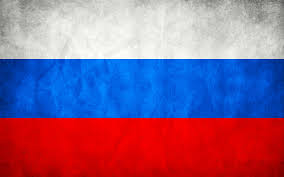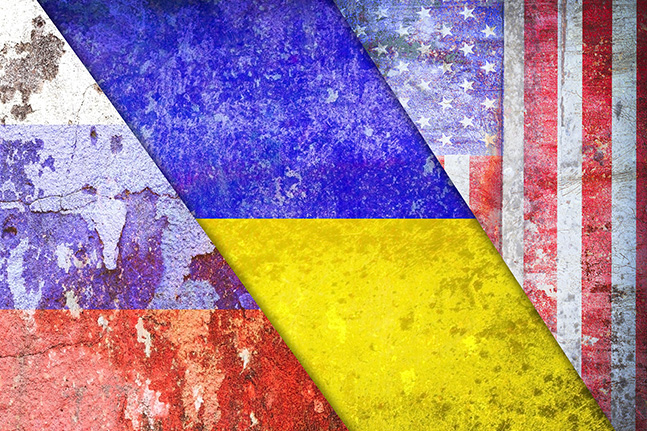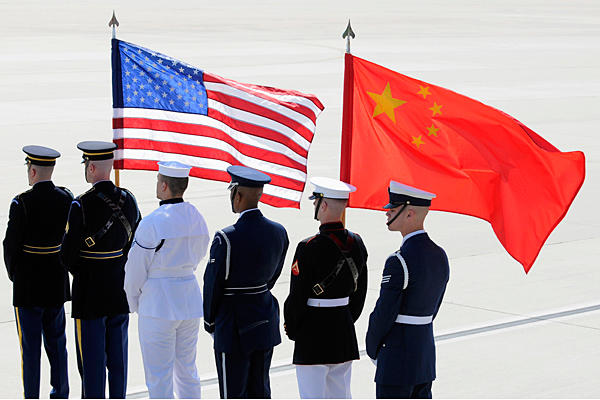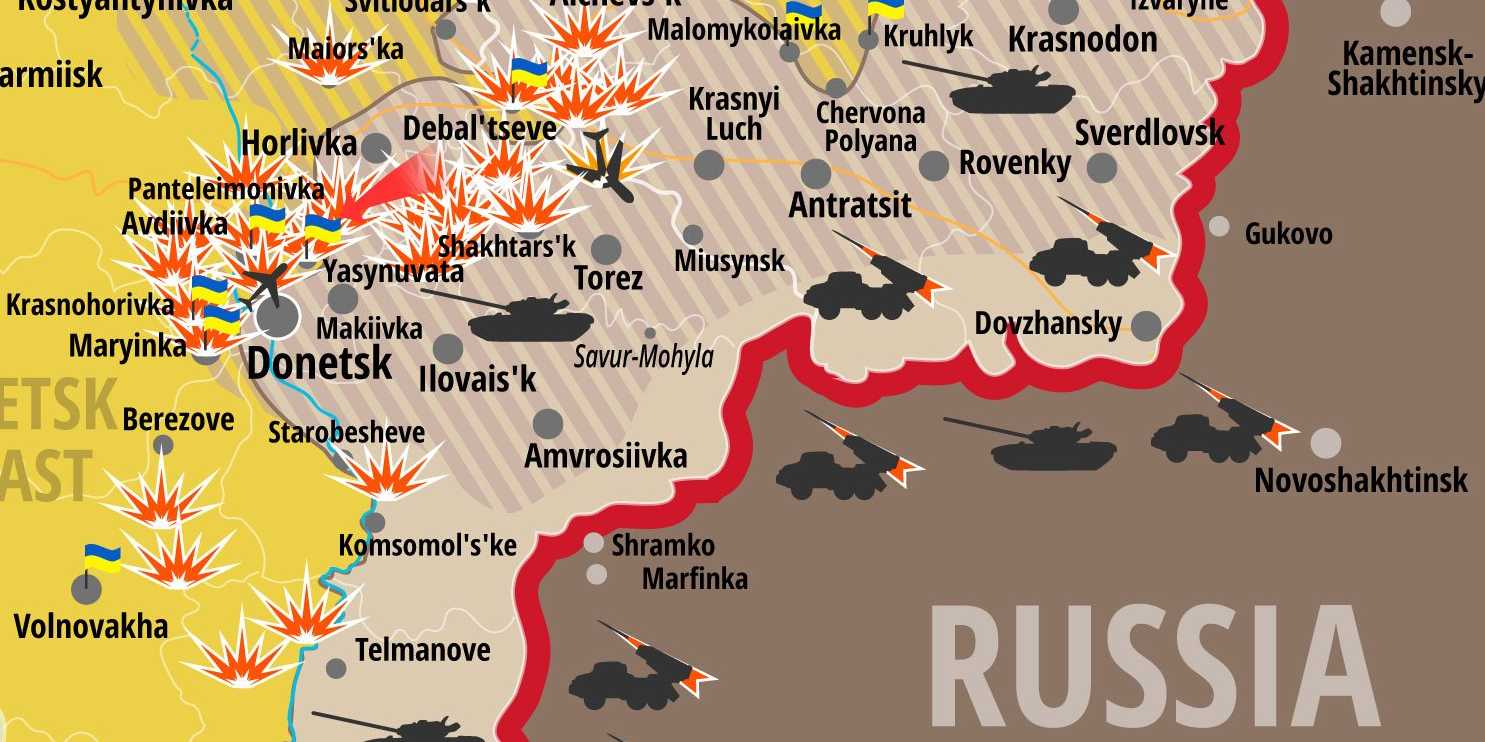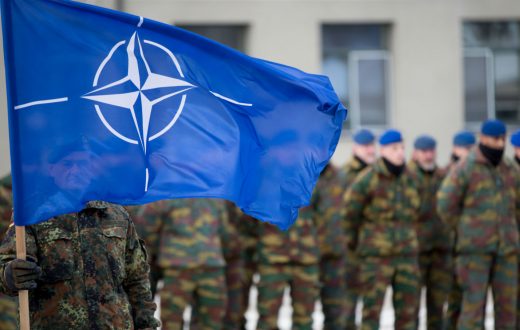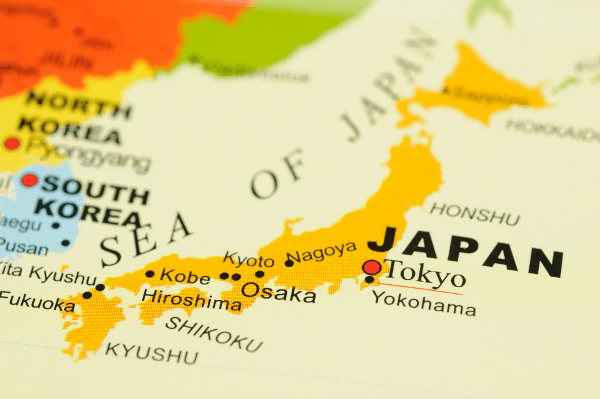Forecast
- The Suwalki Gap, which connects Eastern Europe to the Baltic states, is unlikely to become a heavily militarized area in the Russia-NATO standoff like the Fulda Gap was during the Cold War.
- However, the land connection will be critical to deterring potential Russian actions in the Baltics.
- Russia will continue to reinforce its military positions in Kaliningrad, just as it will try to reinforce Belarus, but any effort to bridge the area between the two by capturing the Suwalki Gap will be too costly to attempt.
Analysis
Russia and NATO, already in a standoff in the former Soviet Union because of events in Ukraine, are in the process of developing their military strategies in Eastern Europe and the Baltics. The commanding general of U.S. Army Europe, Lt. Gen. Ben Hodges, recently highlighted a small area in northeastern Poland, increasingly referred to as the Suwalki Gap, as one of the most vital locations in the buildup of military forces on the European continent. Besides connecting Eastern European NATO members with the Baltic states, the gap also sits between the small Russian exclave of Kaliningrad and Russia’s ally Belarus. According to these military leaders, the area would be a ripe target for Russian forces to capture in the event of war to connect Kaliningrad to Belarus. Similarly, it would be a critical area for NATO forces to defend to maintain the connection between Eastern Europe and the Baltic states.

But although the Suwalki Gap is an important location for any responsible war planner to consider, comparing it to one of the most important locations on the Iron Curtain during the Cold War — the Fulda Gap — is ill advised. Ultimately, a military buildup in the region and the greater likelihood of conflict that would come with it would be too costly for either Russia or NATO to execute, making it unlikely to occur.
The Reason for Gaps
During the Cold War, central Germany’s Fulda Gap was identified as one of the most likely routes Soviet armored units would use to invade Western Europe in the event of war. The route had some historical relevance: The U.S. military had used it to invade Germany during World War II, as had Napoleon’s armies before it. The area offered a path running from Soviet East Germany, behind the Iron Curtain, to crossings over the Rhine River. A successful assault through this corridor would have enabled Soviet and Warsaw Pact allied forces to strike quickly and decisively into West Germany and beyond. Consequently, it became one of the most watched and heavily defended areas by the Soviet Union and NATO.
The same thinking is being applied to the Suwalki Gap in light of the current standoff between Russia and the West. However, its location relative to Russian and NATO positions make it distinct from the Fulda Gap. Rather than providing a corridor through which Russian forces could rapidly mobilize and invade NATO members, the Suwalki Gap is an existing land connection between NATO members that could be threatened under specific scenarios. The thin strip of land, roughly 65 kilometers (40 miles) wide, is understandably important in any theoretical NATO defense of the Baltic states. The Baltic states alone would not be able to fend off a Russian invasion. Moreover, Russia has strong capabilities to interdict NATO movement in the Baltic Sea, making a secure land corridor for NATO forces useful.
However, any real military offensive into the Suwalki Gap to isolate the Baltic states from the rest of NATO would result in a military response beyond the gap that would certainly instigate a more serious conflict, one that would likely make holding the area irrelevant. The reason that the Suwalki region even exists as a “gap” is because of the Russian forces in Kaliningrad and their assumed ability to move freely through Belarus. But other locations, such as Kaliningrad’s naval facilities and the Russian forces concentrated there, would likely be a more strategic location to hold than the Suwalki Gap. The small, detached Russian territory may be difficult to defend, but it is a useful staging point and naval base for operations against NATO, making it both a liability and a position worth holding.
The Suwalki Gap, by comparison, is not nearly as vital. Therefore, the area is unlikely to see a NATO buildup similar to the one that occurred at the Fulda Gap during the Cold War, when control of the Fulda Gap and the Rhine River crossings were seen as essential to NATO’s survival in a war with the Warsaw Pact. Capturing the Suwalki Gap would not be a strategic threat to all of NATO; it would be the start of a larger war that would devalue the relevance of the gap itself once the conflict broke out.
Still of Some Importance
Of course, the Suwalki Gap is not useless to NATO members. For the Baltic states, which depend on NATO for their security and to deter Russian aggression, offering viable options for NATO interventions in the Baltics in the event of war is critical, and the Suwalki Gap is the logistical spine of any land deployment from other NATO countries into the Baltics. To some NATO members, the gap also presents a perfect excuse to permanently deploy conventional combat forces to Eastern Europe. By drawing the comparison to the Fulda Gap, Eastern European NATO members want to create a sense of urgency in the region, where they would like to see the United States and other NATO forces forward deployed to reinforce against potential Russian aggression.
For Russia, the sparse logistical connections between the Baltic States and other NATO members provide an opportunity to exploit the area if war breaks out. But benefiting from that opportunity would require an immense military gamble, since the country’s poor economy would make it difficult to finance — let alone win — another, likely global, conflict at a time when operations in eastern Ukraine and Syria are already underway. For these reasons, the Suwalki Gap is unlikely to see a military buildup as the Fulda Gap did, though it may continue to be at the center of logistical exercises, rotations of forces or limited permanent deployments. Eastern European NATO members may also make more vocal demands for greater militarization of the area. But in the end, the Suwalki Gap is much more of an addendum to the Kaliningrad question than it is the new focal point for the permanent conventional deployment of NATO forces.

